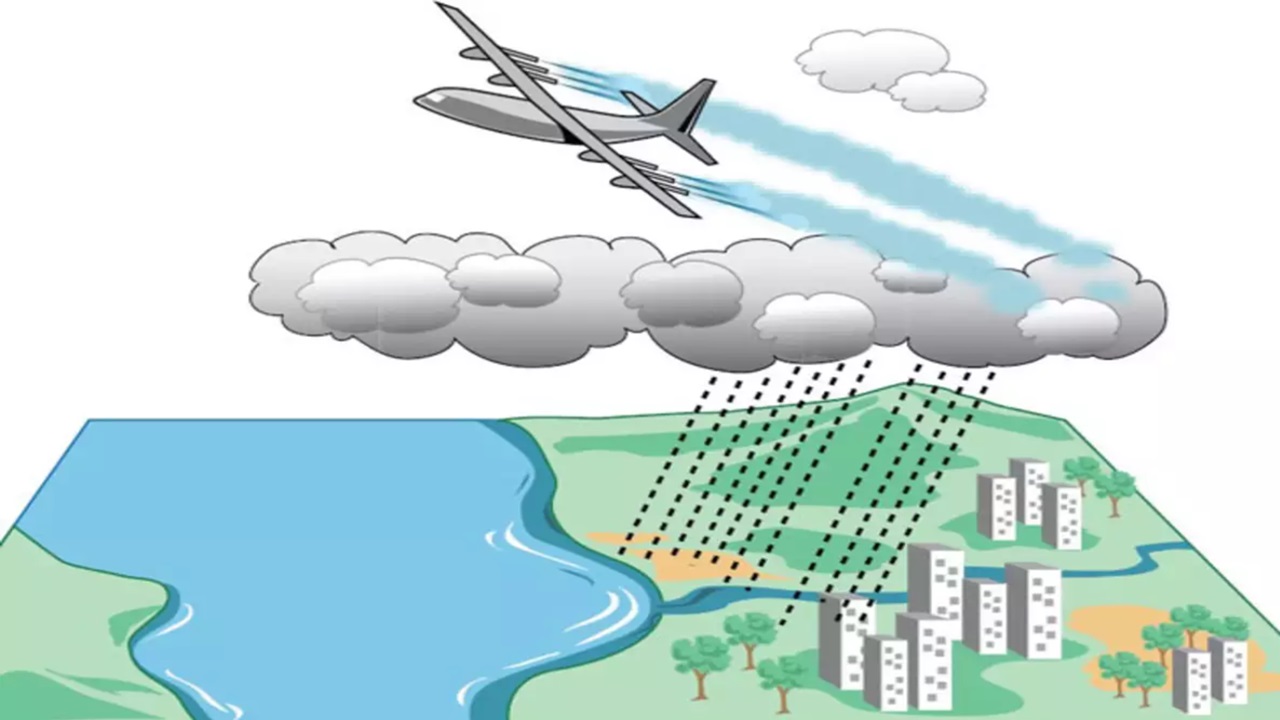
Air pollution is continuously increasing in Delhi-NCR prompting authorities to take several moves to tackle the menace. Schools have also been closed and construction works were banned. However, people in the region have not got any relief as air quality remains at severe level. The air has become poisonous and the air quality index has crossed 450. In Delhi, all schools up to class 5 have been closed till 10th November. To reduce the increasing pollution, cloud seeding i.e. artificial rain is done. In 2018, a plan was made to reduce pollution in Delhi through this method. Let us know how helpful it is in preventing pollution and how artificial rain works.

How are artificial clouds formed?
In this process, silver iodide is sprayed in the sky with the help of aircraft. As soon as it comes in contact with the air and clouds present in the sky, clouds start forming rapidly and these clouds cause rain. This is also called cloud seeding. Silver iodide is like snow and it increases the amount of water in humid clouds and then it rains. This is done to deal with the severe situation of extreme drought areas and pollution. Cloud seeding is also used to deal with severe fire accidents.
This was planned earlier also. In 2018, a plan was made to create artificial rain in Delhi to reduce pollution. The professors of IIT Kanpur had made complete preparations for cloud seeding, but due to the weather not being favourable, artificial rain was not made.
Cloud seeding is not easy in cold weather
According to scientists, it is easier to do cloud seeding i.e. artificial rain before and after monsoon because at that time there is more moisture in the clouds. In cold weather, there is very little moisture in the clouds which is why cloud seeding is not easy.
How effective is this process?
Artificial rain is used in drought-prone areas. With this, crops that are getting damaged due to lack of rain can be saved. At the same time, the water level of rivers can also be equalised. This process is also effective in reducing the increasing pollution.
